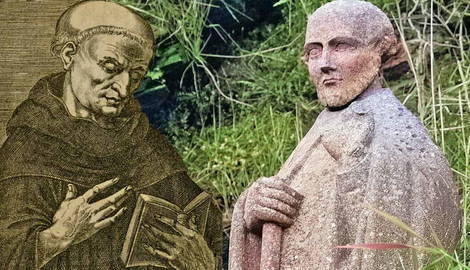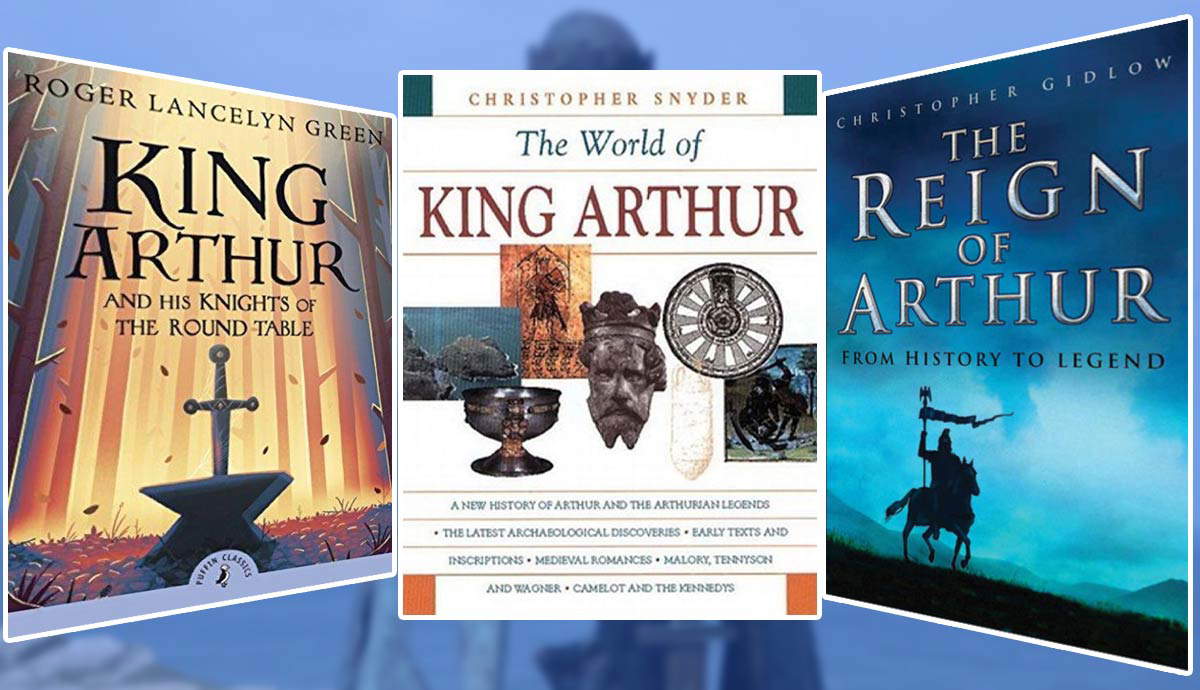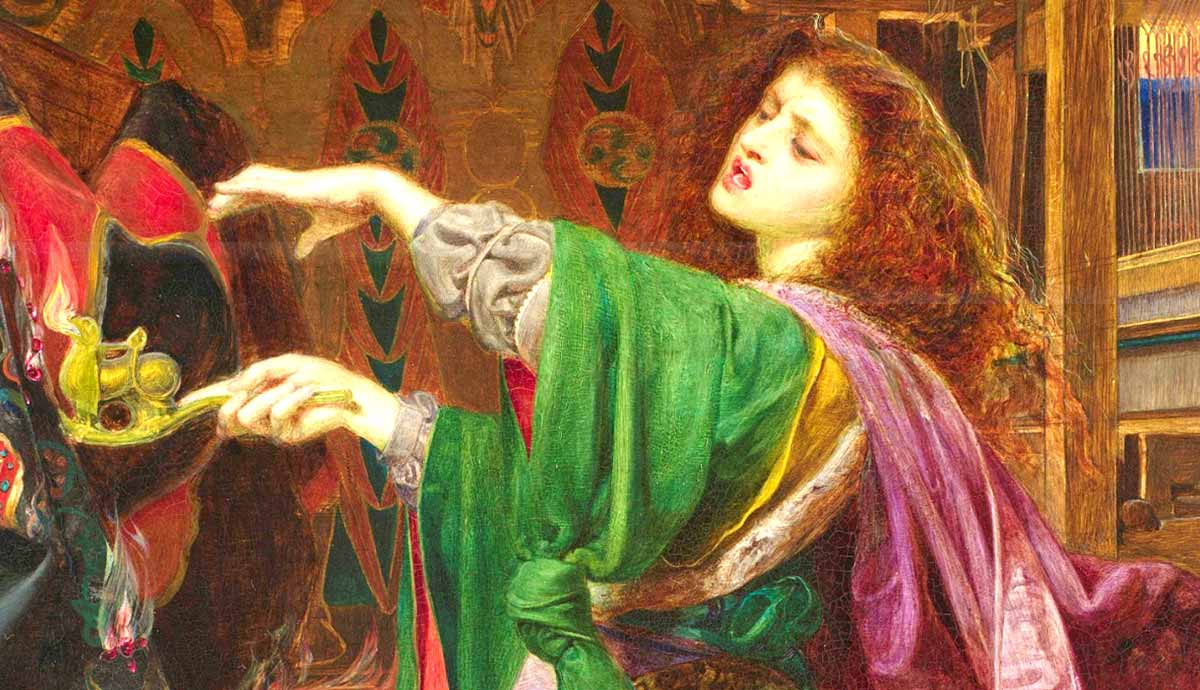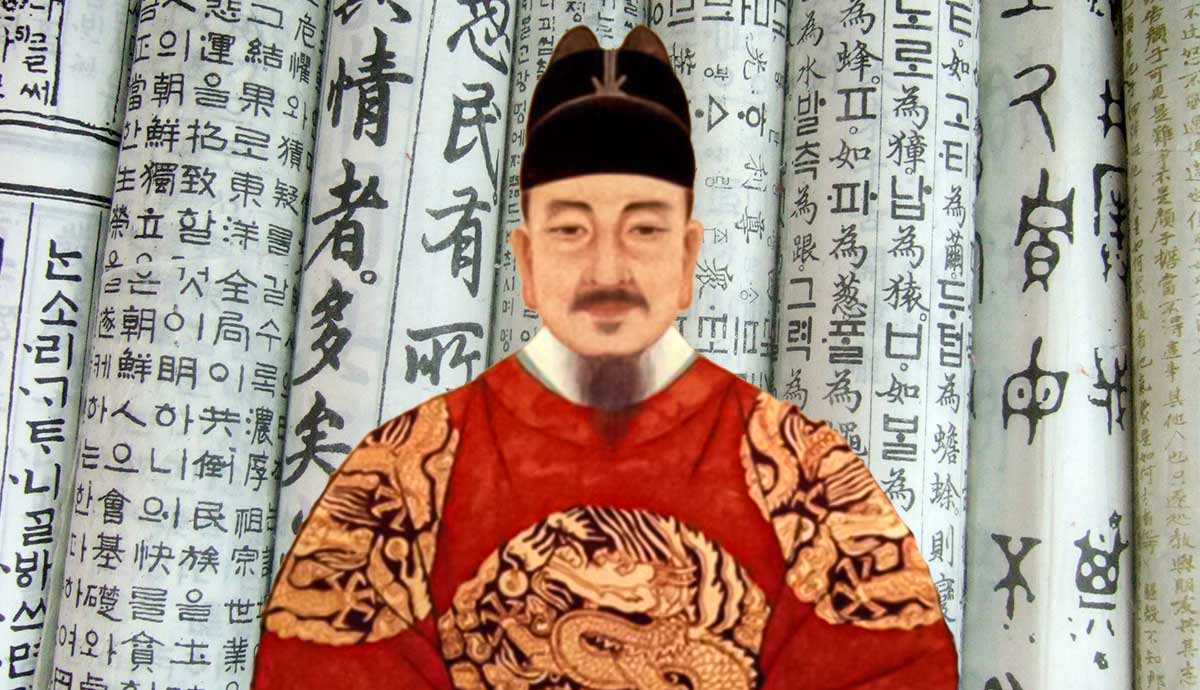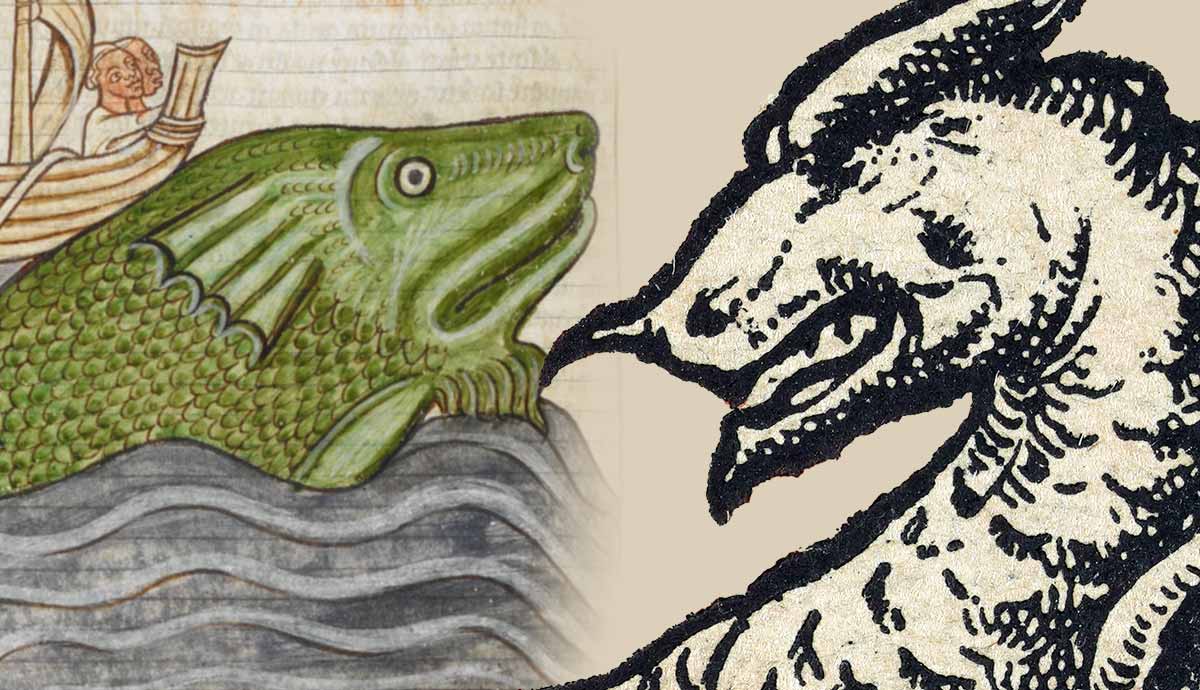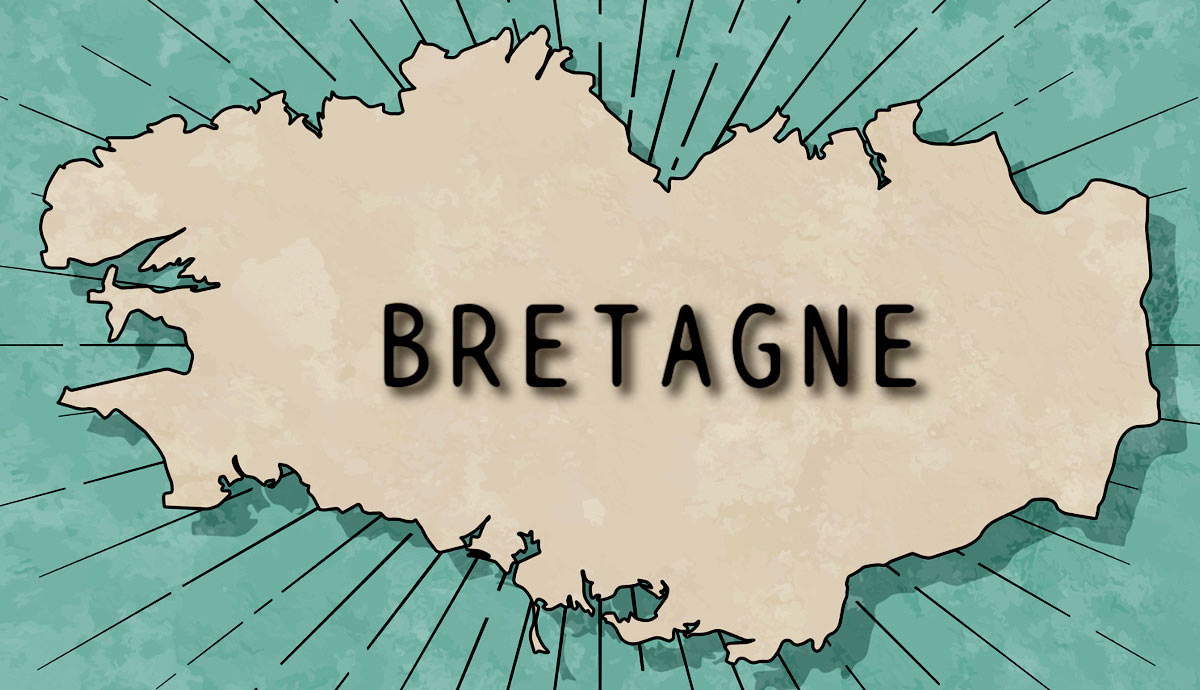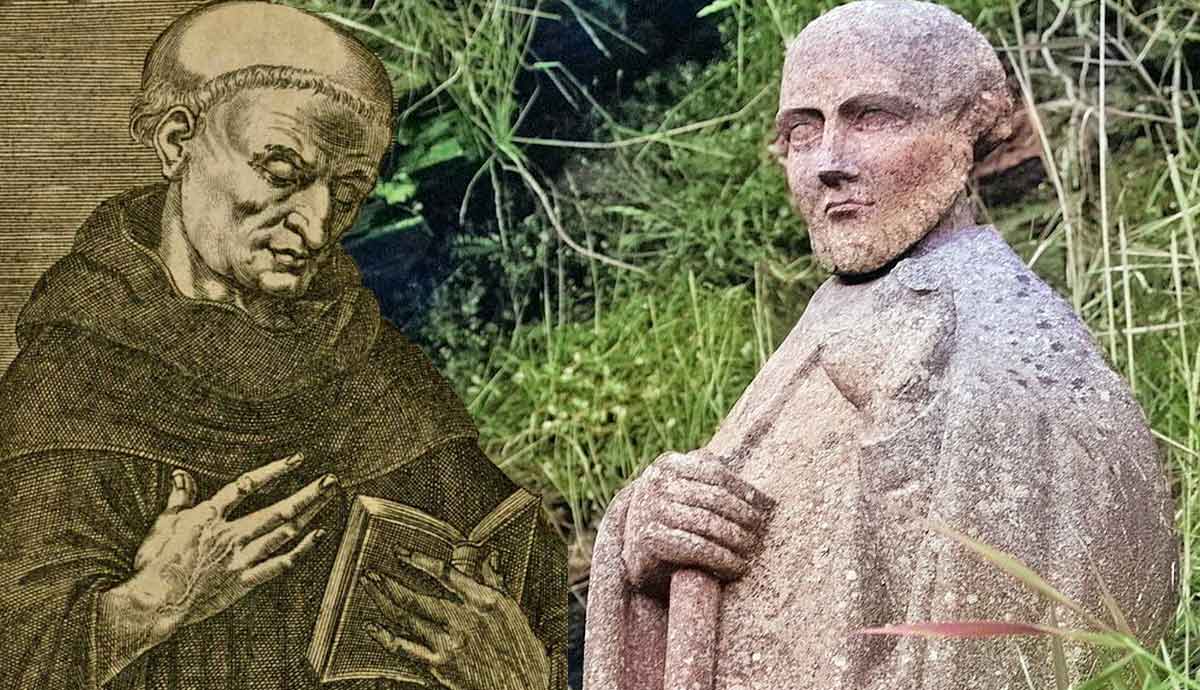
The Post-Roman era of Britain is shrouded in a lot of mystery since it is poorly documented in comparison to the Roman era. One of our only sources for the early part of this period is a document called De Excidio et Conquestu Britanniae, or On the Ruin and Conquest of Britain. It was written by a prominent religious figure named Gildas. Because of this work, Gildas is a significant figure for helping us understand the early Dark Ages. What do we know about him?
Was There Only One Gildas in the Sixth Century?

For several centuries, there has been a tradition that there were two men called Gildas living in the sixth century. Many modern scholars reject this idea, but it still has some supporters. Traditionally, the early Gildas is known as Gildas Albanicus, because he came from what is now Scotland. He was believed to have been born in the early or mid-fifth century and died in the early part of the sixth century. The second Gildas is known either as Gildas Sapiens (“the Wise”) or Gildas Badonicus. This second Gildas is supposedly the one who wrote De Excidio, which mentions the Battle of Badon (hence “Badonicus”).
This tradition originally started as a theory designed to explain the inconsistencies in records about Gildas. There are two main biographies, or Lives, about Gildas, both of them dating from several centuries after his death. Because of the differences between these accounts, it was argued that they were describing different men of the same name.

Modern scholars generally reject this explanation. The differences between the two accounts are not considered significant enough to justify understanding them as accounts of two different people. In fact, they are similar enough that it is clear that both accounts are trying to describe the same person.
However, this does not mean that there was only one person in Britain in the sixth century with the name “Gildas”. In fact, the idea that there was another Gildas in the sixth century is definitely not just a modern theory. The earlier of the two Lives of Gildas, written in Brittany in perhaps the ninth or tenth century, describes a conflict between Gildas and a historical tyrant of Brittany called Conomor. Gildas assisted Trephine, the rejected wife of Conomor, and her son was thus named Gildas in his honor. Therefore, according to this relatively early record, there was indeed a second Gildas who lived in the sixth century. Based on the chronology of Conomor’s life, this second Gildas would have been born around the middle of the century. Some of the inconsistencies in the records about Gildas may be due to some confusion with this younger figure.
The Family of Gildas

The family of Gildas is not something that we can make any definite historical statements about. All the information about them comes from later records, such as the aforementioned biographies. According to these records, Gildas came from the north of Britain. He was the son of a man named Caw (spelled “Caunus” in the earliest Life). Caw was a king of Alclud, a kingdom in what is now Scotland. He had several other sons — the exact number depends on the record. The eldest son was named Hueil (spelled “Cuillus” in the earliest Life). This son succeeded to the throne after his father’s death, while the other sons, including Gildas, became monks.
According to the second biography, Gildas’ oldest brother Hueil had a conflict with King Arthur. Arthur ended up beheading Gildas’ brother on a stone known as the Maen Huail. A later record claims that one of Gildas’ sisters married Mordred, the legendary nephew and enemy of Arthur.
Education of Gildas

From the one work of his that survives, it is evident that Gildas was exceptionally well educated. Scholars have noted that his Latin style is very much in line with a traditional Roman education. This is one of the pieces of evidence used to argue that he lived earlier than commonly thought. Another possibility is that high-quality Roman education persisted in Britain for much longer than usually assumed. Archaeological discoveries in recent years seem to support this latter view.
In any case, the earlier Life explains that when Gildas became a monk, he was sent to be educated by a prominent religious figure named Illtud. He was based in southeast Wales. While this cannot be confirmed, it is universally accepted that Illtud was a real person who lived in the sixth century. In the De Excidio, Gildas makes a reference to “the educator of all of Britain.” It is usually believed that this is a reference to Illtud, which ties in well with him being the one who educated Gildas.
Preaching in Ireland

One event in Gildas’ life which can probably be accepted as historical is his missionary expedition to Ireland. This is recorded in both Lives and a tenth-century chronicle called the Annales Cambriae. In the latter document, it is placed in the year 565. In the first Life, it is dated to the reign of an Irish king named Ainmericus. This is clearly the historical King Ainmuire, whose reign lasted from 566 to 569. There is an imperfect but very close correspondence between his reign dates and the date given in the Annales Cambriae for Gildas’ expedition to Ireland.
The Irish king himself was said to have asked Gildas to come to his land and teach his people and restore church order. Gildas allegedly traveled all over Ireland, teaching the people the ways of Christianity, establishing monasteries, and founding or repairing churches. Shortly after this part of the earliest Life, Gildas is said to have been in the thirtieth year of his life. This would place his birth in about the middle of the sixth century. Therefore, this part of the Life may actually be about the second Gildas, mentioned earlier.
Gildas in Europe

After preaching in Ireland, Gildas was said to have traveled to Rome on a pilgrimage. One record says that he tried to present a beautiful bell that he had made to the Pope, but it would not sound. According to the Life of St Cadoc, Gildas eventually returned to Britain and gave the bell to Cadoc, another religious figure of the time. But before this, the first Life of St Gildas explains that Gildas slew a dragon while he was staying in Rome. He then spent some time in Ravenna.
After performing some miracles in Italy, Gildas is said to have intended to return to Britain. The two Lives diverge as to whether or not he actually did. The earlier Life explains that he settled on an island just off the coast of Brittany. This was during the reign of Childericus son of Meroveus. Historically, this Childeric lived in the mid-fifth century, which is chronologically impossible in view of all the other information in the Life. Given that this comes after his expedition to Ireland, which was in the 560s, it is evident that the king here should really be Chilperic I. He reigned from 561 to 584.
Writing De Excidio et Conquestu Britanniae

The first Life states that Gildas wrote a short book in which he reproved five kings of the Britons for their sins. This is obviously a reference to De Excidio, which does contain a condemnation directed at five British kings as a prominent part of it. Gildas wrote this book because he felt that Britain was in a state of ruin. It had been devastated by Anglo-Saxon conquests for decades prior to his lifetime. Although it had experienced a period of peace after the famous Battle of Badon, it was now afflicted by civil strife and even outright war. Gildas blamed this on the sins of the Britons, interpreting these events as a punishment from God, in the vein of the Old Testament.
Therefore, De Excidio provides a summary of the history of Britain, especially highlighting the ruinous Saxon wars. It then provides a condemnation directed at five of the most prominent British kings ruling at that time. Gildas calls them to attention for their sins, hoping that they will repent and lead Britain to another period of peace.
What We Know About Gildas

In summary, Gildas was a prominent monk who wrote the only surviving work from sixth-century Britain. He was allegedly from a northern dynasty, although that cannot be confirmed. He was educated by Illtud, probably the man he later called the “educator of all Britain.” After being trained, he traveled to Ireland at the request of Ainmuire, king of Ireland. This part of the legend of his life is very likely historical. Allegedly, after establishing monasteries and restoring churches there, Gildas went on a pilgrimage to Rome. He later returned to Brittany, where he came into conflict with the tyrant Conomor. He helped the rejected wife of this tyrant, and her son was named “Gildas” in his honor.
Later, Gildas retired to an island off the coast of Brittany. Eventually, he wrote De Excidio, lamenting the sins of the Britons and trying to call them to action. It is very likely that some of the chronological issues with the story of Gildas’ life can be attributed to some confusion in the records. The younger Gildas, the son of Conomor’s wife, may have been the one who actually preached in Ireland and performed most of the events placed after that in the earliest Life.
